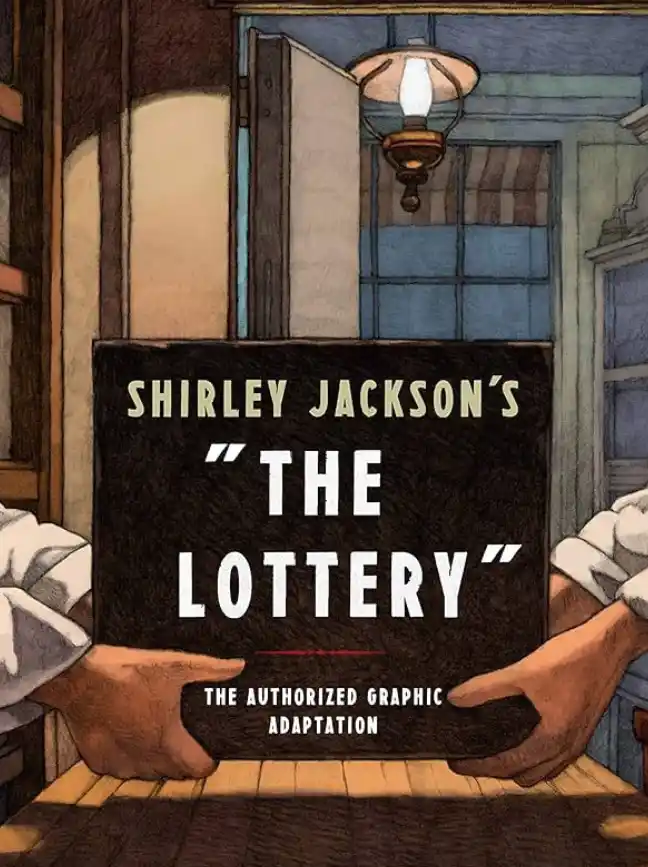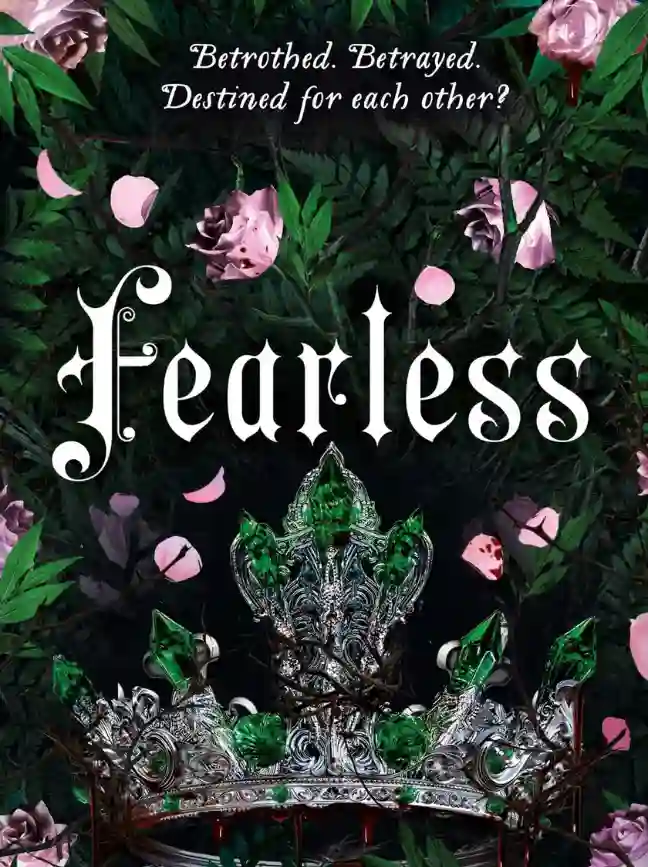Osamu Dazai is one of Japan’s most celebrated and beloved modern authors. He was born in 1909, at the end of the time of frantic modernization known as the Meiji era, and he died in 1948 as, in the wake of defeat in World War II, the country was once again in the throes of transition. He wrote in a variety of genres (short story, memoir, sardonic fairytale retellings, travelogue) but was a particular master of the shishosetsu or “I-novel,” an autobiographical, confessional form of fiction that has played a key role in modern Japanese literature. The dark, wry tone of Dazai’s later novels resonated with readers reeling from the devastation of World War II and the accompanying loss of traditional values and moorings. He gave that generation a literary voice, expressing feelings of despair, isolation and confusion with self-deprecating humor and raw honesty. Through first-person narrators that are essentially stand-ins for himself he explored the perverse feelings, insecurities, weaknesses and failings that are precisely what the rest of us prefer to keep concealed even from ourselves. Yukio Mishima wrote with some pique that Dazai “worked deliberately to expose what I most wanted to hide.”1 This artful tearing away of the social mask surely underpins Dazai’s extraordinary popularity, as to this day reader after reader picks up one of his works only to experience the shock of recognition as they find aspects of their inmost self
mirrored in its pages, written in a sensitive style that seems aimed directly at them.
Like Yozo Oba, the protagonist of No Longer Human, Dazai was born into a large, wealthy family in the remote Tohoku region of northern Japan. His real name was Shuji Tsushima, and he was the tenth of eleven children. A gifted student, he first took up writing in high school, moved by the suicide of the great short-story writer Ryunosuke Akutagawa, whom he idolized. Dazai is remembered as much for his life of dissipation as for his oeuvre. Over a span of twenty years, he attempted suicide multiple times, three times with a lover. One time, the young woman perished while he survived; another time, both he and she survived. He was expelled from Tokyo Imperial University. He ran off with a geisha. He was arrested for illegal involvement in the activities of the banned Communist party. He was disowned and reconciled with his family more than once. He developed tuberculosis and was addicted to morphine and alcohol. Toward the end of his life, by then a lionized celebrity, he devoted himself to his writing with renewed energy and determination. Finally, in June 1948, he jumped into a rain-swollen stream with his then-mistress, and on this occasion they both succeeded in dying. Their bodies were discovered on what would have been his thirty-ninth birthday.
No Longer Human is Dazai’s last complete novel, finished shortly before he died. It is the number two best-selling novel by Japanese publishing house Shinchosa (second only to Soseki’s Kokoro).2 Yozo Oba, who narrates the story through the device of a series of notebooks, recounts escapades in what he calls his “life of much shame,” closely paralleling the events of Dazai’s colorful life. The title (Ningen shikkaku in Japanese, literally “disqualified as a human being”) refers to Yozo’s deep sense of alienation, his inability to fathom what makes his fellow human beings tick. He feels superior to others, yet at the same time he deeply fears them. To mask his fear and also to gain love and acceptance, he adopts the persona of a clown, always trying to make others laugh with his shenanigans. The pervasive gloom in the novel is lightened by Yozo’s ironic self-awareness as
well as by Dazai’s genius for storytelling and his protean, fluid style.
Recently I was surprised to find certain similarities between Yozo and a beloved character in a classic Hollywood film: the Cowardly Lion in The Wizard of Oz. E.Y. “Yip” Harburg, the film’s lyricist, made this comment:
[T]he role [of the Cowardly Lion] was one of the things The Wizard of Oz stands for; the search for some basic human necessity . . . Call it anxiety, call it neurosis. We’re in a world we don’t understand. When the Cowardly Lion admits that he lacks courage, everybody’s heart is out to him. He must be somebody who embodies all this pathos, sweetness, and yet puts on the comic bravura.3
As a small boy, Yozo lacked the courage to tell his father he wanted a book rather than a lion mask, let alone that he was being molested by the servants. Beset with lifelong fear and anxiety, tormented by bewilderment at a world that defied understanding, he too coped by facing life with “comic bravura.” He too had an essential sweetness summed up in the bar madam’s surprising last words: “The Yo-chan we knew was sweet and thoughtful. If he just hadn’t been a drinker . . . but no, even then, he was a dear boy. An angel.”
The reader will note that Yozo is drawn almost exclusively to Western culture and philosophy. While he is a professional manga artist and also sells erotic shunga-style works, he refers familiarly to Modigliani, van Gogh and other artists; quotes an obscure French poet and the Rubaiyat of Omar Khayyam; and scatters brief prayers and references to Christianity throughout his notebooks. The only musical instrument played in the novel is a piano, the only film star is an American comedian named Harold Lloyd. Yozo imagines his lost paintings and the career he might have had as an “unfinished glass of absinthe,” drawing on the image of that liqueur as a symbol of mad genius extolled by nineteenth-century European poets and painters. Post-Meiji Japanese intellectuals were immersed in and identified with the literary and artistic heritage of the West. Yozo’s family does not
seem to be overtly Christian, but Yozo clearly has read at least the New Testament, is aware of the doctrine of original sin, and has scorn for “fake Christians” and their “nice” smiles. Acquaintance with Christianity was to some extent fashionable, a bit like the drinking of milk in “milk halls” that became wildly popular in the Taisho era (1912–26).
In an interesting twist on the process of cultural sharing, Dazai has recently soared to new heights of worldwide fame through a character named for him in the ongoing manga and anime series Bungo Stray Dogs, which first came out in 2014. Most, if not all, characters in the series are named after famous Japanese authors and poets and reflect their lives and personalities; “Osamu Dazai,” for example, tries repeatedly to commit suicide but, somewhat comically, can never seem to pull it off. BSD readers have been turning to Dazai and other modern Japanese authors whose works they might otherwise never have encountered, and they are sharing their discoveries on social media, especially TikTok. One such fan made this comment, with which many readers past and present would agree: “I really love [No Longer Human]. It is probably one of the first pieces of media that I’ve ever felt represented in.”4 One can only welcome and applaud this trend.
Of course, No Longer Human was first introduced to anglophone readers through the masterful translation by Donald Keene published in 1958. Rereading that translation recently for the first time in more than half a century, I was filled with admiration for its smoothness, its sure command of the varied resources of the English language and its heart. Still, languages do change over time, and new, modern translations can bring important works of literature to a younger generation of readers. Since No Longer Human was the first Japanese novel I ever read in the original for pleasure, it has been a special honor for me to revisit this timeless classic.
Juliet Winters Carpenter
July 2023
-
Quoted in Phyllis I. Lyons, “‘Art Is Me’: Dazai Osamu’s Narrative Voice as a Permeable Self.” Harvard Journal of Asiatic Studies, vol. 41, no. 1, 1981, p. 107. JSTOR, https://doi. org/10.2307/2719002. Her translation.
- “ .” Yomiuri Shimbun (in Japanese). 6 June 2018. https://www.y omiuri.co.jp/fukayomi/20180608-OYT8T50003/
- John Lahr, “The Lion and Me.” The New Yorker. Nov. 8, 1998. https://www.newyorker.c om/magazine/1998/11/16/the-lion-and-me
- K. Rodriguez-Garcia, “How ‘Bungo Stray Dogs’ introduces literature classics to fans worldwide.” The Michigan Daily, Jan. 10, 2022. https://www.mic higandaily .com/arts/digital-culture/how-bungo- stray-dogs-introduces-literature-classics-to-fans-worldwide/







